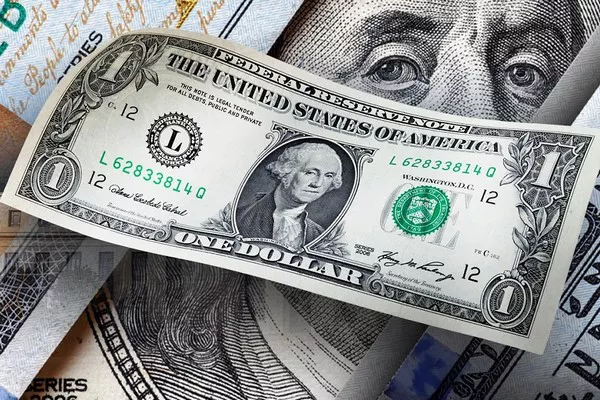The strength of the United States Dollar (USD) is a topic of global significance, influencing international trade, investment, and economic stability. In recent times, the USD has exhibited notable strength, and understanding the underlying factors contributing to this phenomenon is crucial for businesses, investors, and policymakers. This article delves into the reasons behind the current robustness of the USD and explores the economic dynamics shaping its dominance.
Economic Fundamentals:
One of the primary factors contributing to the strength of the USD is the relative stability and resilience of the U.S. economy. The United States has consistently demonstrated strong economic fundamentals, including robust GDP growth, low unemployment rates, and a dynamic labor market. These factors instill confidence in investors, attracting capital inflows and bolstering the demand for the USD.
Additionally, the U.S. Federal Reserve’s proactive monetary policy plays a crucial role. The central bank’s commitment to maintaining price stability and fostering sustainable economic growth has created an environment conducive to a strong currency. The judicious use of interest rates and other monetary tools helps keep inflation in check, providing investors with a sense of security and confidence in the USD.
Safe-Haven Status:
The USD has long been considered a global safe-haven currency, especially during times of geopolitical uncertainty or economic turmoil. Investors seek refuge in assets denominated in USD, such as U.S. Treasuries, when faced with global uncertainties. The stable political environment, strong institutions, and the rule of law in the United States contribute to the perception of the USD as a safe and reliable currency.
Recent geopolitical events, including trade tensions and the global economic impact of the COVID-19 pandemic, have heightened uncertainty in the international arena. As a result, investors have flocked to the USD as a safe-haven asset, further boosting its strength.
Interest Rate Differentials:
Interest rate differentials between the United States and other major economies play a significant role in determining the strength of the USD. The U.S. Federal Reserve’s relatively higher interest rates compared to other central banks, such as the European Central Bank (ECB) and the Bank of Japan (BOJ), make U.S. assets more attractive to investors seeking higher yields.
When interest rates in the United States are higher than those in other countries, it creates an incentive for global investors to park their funds in U.S. assets, driving up the demand for the USD. The Federal Reserve’s careful management of interest rates and its commitment to data-driven decision-making contribute to the interest rate differentials favoring the USD.
Trade Surplus and Current Account:
The United States has experienced a trade deficit for many years, importing more goods and services than it exports. However, the USD’s strength is not solely dependent on trade balances. The U.S. also benefits from a substantial current account surplus, which includes income from investments abroad.
The U.S. attracts foreign direct investment (FDI) and portfolio investment, contributing to a surplus in the current account. This surplus helps offset the trade deficit, supporting the overall strength of the USD. The diversification of the U.S. economy and its ability to attract foreign capital contribute to the resilience of the USD in the global market.
See Also Are Gold Dollars Made Of Real Gold
Conclusion:
The current strength of the United States Dollar is a multifaceted outcome influenced by a combination of economic, geopolitical, and monetary factors. The robust economic fundamentals, safe-haven status, interest rate differentials, and the current account surplus collectively contribute to the USD’s dominance in the global market.
It is essential for businesses, investors, and policymakers to monitor these factors closely, as shifts in the global economic landscape or changes in monetary policies can impact the USD’s strength. While the USD’s current strength reflects confidence in the U.S. economy, it is important to recognize that currency dynamics are subject to change, and a proactive approach to understanding and adapting to these shifts is crucial for navigating the complex world of international finance.


